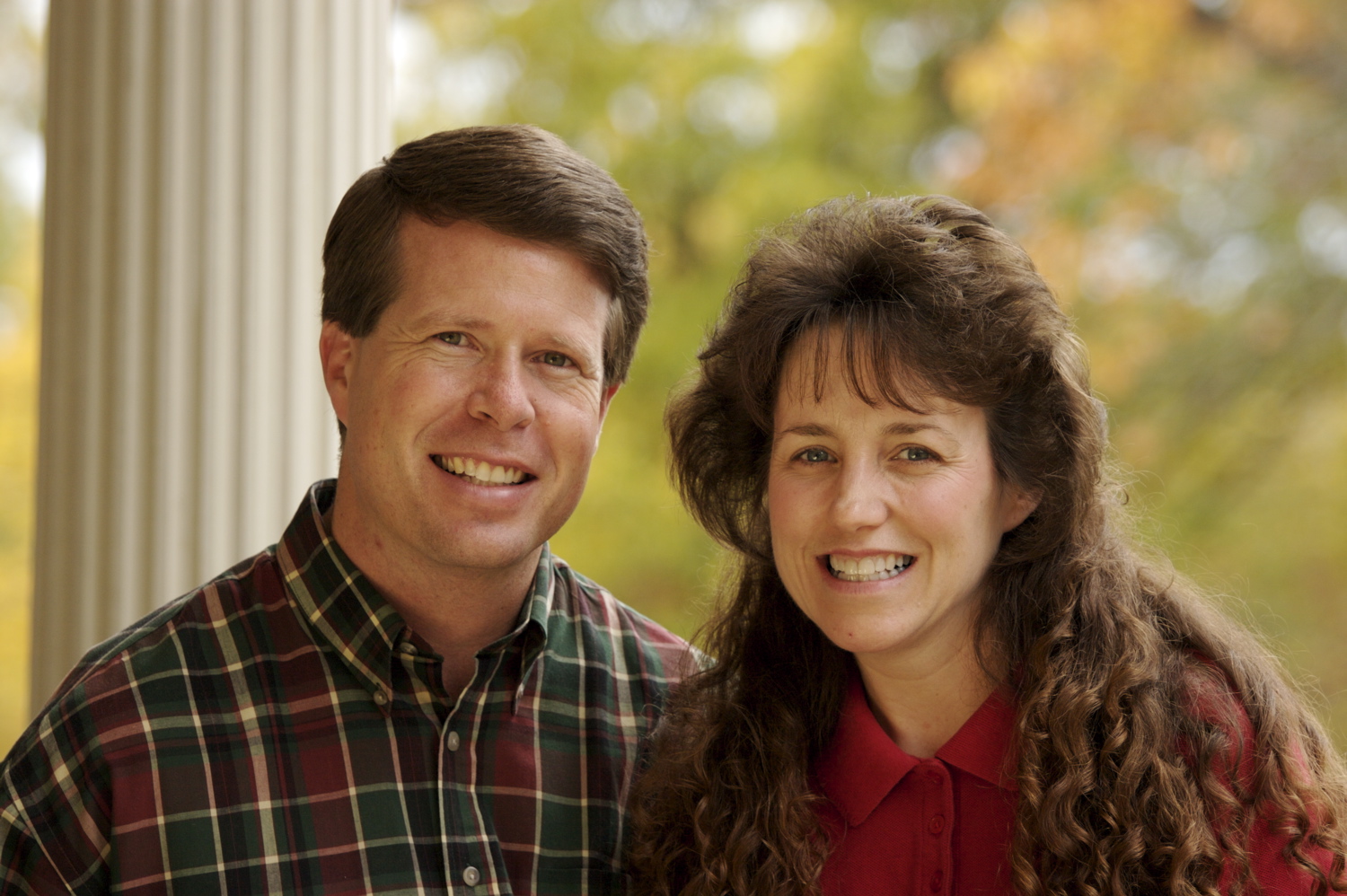TV Mother of 18 Rushed to Hospital

Reality TV mom, Michelle Duggar, of TLC’s 18 Kids and Counting, was rushed to the hospital over the weekend with gallbladder pain. Michelle, who is pregnant with baby number 19, began to have some contractions in response to the gallbladder pain, and was transported to a Little Rock Arkansas hospital to be near a neonatal intensive care unit (NICU) in case the baby had to be delivered prematurely. However, pain medication seems to be helping, and delivery is unnecessary at the present time. Michelle will be observed in hospital for a few days, however, just to be sure.
What are gallstones?
Gallstones are small hard deposits that form in the gallbladder. They can be as small as a grain of sand or as large as a golf ball. The gallbladder is a pear-shaped sac located just below the liver in the right upper portion of the abdomen. It is essentially a storage sac that holds bile between meals.
Bile is a thick yellow-green digestive fluid which contains primarily cholesterol, bile acids (also called bile salts),and bilirubin (a breakdown product of red blood cells). It also contains water and body salts (potassium and sodium). It’s function is to breakdown fats into fatty acids which can be absorbed by the body.
Source: NIDDK
The two types of gallstones (medically referred to as cholelithiasis) are cholesterol stones and pigment (or bile) stones . Cholesterol stones are usually yellow-green and are made primarily of hardened cholesterol. They account for about 80percent of gallstones. Pigment stones are small, dark stones made of bilirubin. The gallbladder can develop just one large stone, hundreds of tiny stones, or a combination of the two. Scientists believe cholesterol stones form when bile contains too much cholesterol, too much bilirubin, or not enough bile salts,or when the gallbladder does not empty completely or often enough.The reason these imbalances occur is not known.
Women are twice as likely as men to develop gallstones. Excess estrogen from pregnancy, hormone replacement therapy, and birth control pills appears to increase cholesterol levels in bile and decrease gallbladder movement, which can lead to gallstones.
Gallstones,in themselves, do not cause any symptoms. It is only when a gallstone moves into any of the bile duct and obstructs it that symptoms occur.Symptoms include the sudden onset of pain which increases over time,and can last 30 minutes to a few hours. It can be located in the right upper part of the abdomen, between the shoulder blades, or below the right shoulder. This is often referred to as a gallbladder “attack”.
Treatment is not necessary for asymptomatic gallstones, however, if a patient is having frequent gallbladder attacks, then treatment consists of removal of the gallbladder (cholecystectomy). In the past this was done by anopen surgical procedure, but now it is most frequently done by laparoscopic surgery (using small incisions in the abdomen), which decreases recovery time and has a lower incidence of complications.
For more information:
| Resounding Health(tm) Gall Bladder Disease |
























0 comments